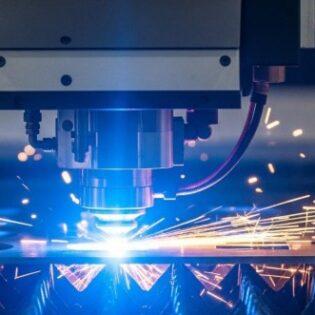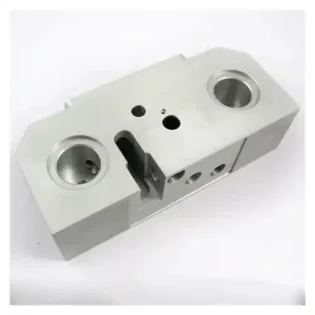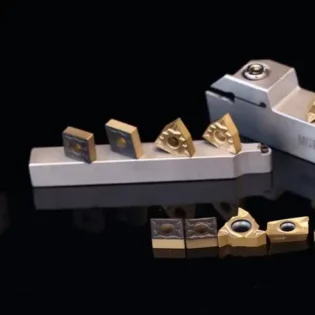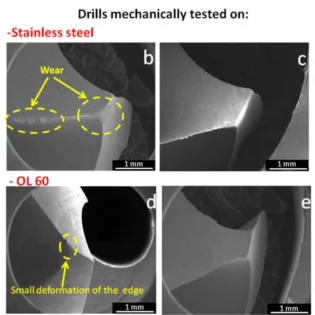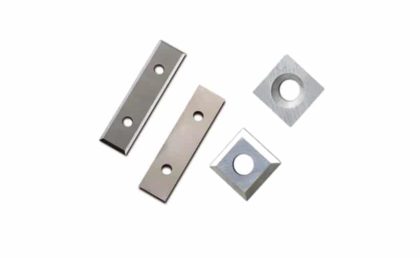
What is a wood planer?
A wood planer is a machine used to thin boards to a uniform thickness. This machine is an essential tool for woodworking. It will help you cut boards to a consistent thickness, without causing too much damage to the wood. Planers are also known as thickness planers. Compared to a standard saw, they are much easier to use.
A wood planer has a blade that catches the grain of a board as it feeds into the machine. This prevents the board from “tearing out,” a problem that can ruin expensive lumber. This problem can be avoided by using a depth adjustment wheel. You can set the depth to a comfortable level, or adjust the depth to the desired thickness of your board.
You can use a hand or power wood planer to smooth out boards. It has a finely tuned blade that shaves across the end grain section of a piece of wood. Before using a wood planer, you need to know how to use it properly. This will help you save time and money and will ensure that your project is finished to a professional standard.
Which material to choose?
Tungsten carbide has a series of excellent properties such as high hardness, wear resistance, better strength and toughness, heat resistance, corrosion resistance, etc. Especially its high hardness and wear resistance remain basically unchanged even at a temperature of 500°C and still have a high hardness at 1000°C.
That’s why the tungsten carbide indexable knives for woodworking are made of tungsten carbide materials. They are designed with center holes so they can be installed on a spiral cutterhead. Carbide indexable insert knives are more and more popular due to their advantages of low noise and high strength which are suitable for the applications like single-sided planers, double-sided planers, four-sided planers, edge banding machines, vertical shaft machines, etc.
General wood materials include solid wood, hardwood, particle board, high-density board, etc. For particleboard, high-density board, medium-density board, etc., the hardness of these woods is higher than that of solid wood, and it is also corrosive. Therefore, the requirements for carbide inserts are higher.
In order to meet different requirements for tool performance, different cemented carbide indexable insert materials should have their corresponding grades. So we have introduced general and professional grades to meet the requirements of the above two types of woodworking.
| Grado | Co (%) | Grain Size | Hardness HRA | Densità | T.R.S | Inmapct strenth | Applicazione |
| MM16 | 8 | 1 | 90 | 14.65 | >3100 | 0.5 |
solid wood
density fiberboard |
| MM18 | 6.5 | 1 | 91 | 14.8 | >3000 | 0.3 | |
| MF013 | 10 | 0.6 | 91.5 | 14.5 | >3650 | 0.28 |
solid wood
density fiberboard chip board |
| MF014 | 6 | 0.6 | 93 | 14.8 | >3650 | 0.2 |
processing bamboo
other simple shape wooden tools |
| MTK30 | 5 | 0.6 | 93.5 | 14.95 | >2700 | 0.2 |
solid wood
density fiberboard |
| MTK20 | 3 | 0.8 | 94 | 15.15 | >2500 | 0.2 |
particleboard, plywood, and MDF
|
MTK30
MTK30 material uses 0.6-0.8μm ultra-fine particle tungsten carbide powder and it contains 5% binder, which makes the blade maintain a good balance between wear resistance and impact resistance, even under harsh working conditions. The MTK30 carbide grade is a popular choice for solid woodcutters, including hand-held wood turning and light cutting with helical bits.
MTK20
The professional-grade material MTK20 is specially designed for wood-based materials such as particleboard, plywood, and MDF. This cemented carbide grade uses sub-fine-grained tungsten carbide powder, combined with Co+Ni+Cr’s so it has better corrosion resistance properties. It has been verified by the majority of customers, and the cutting quality and tool life have reached the industry-leading level.

